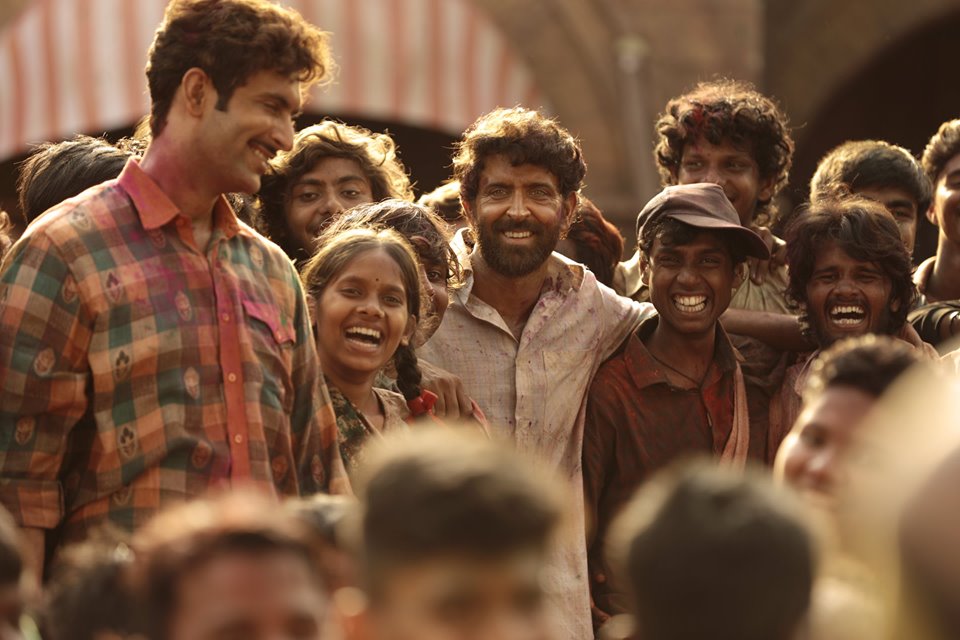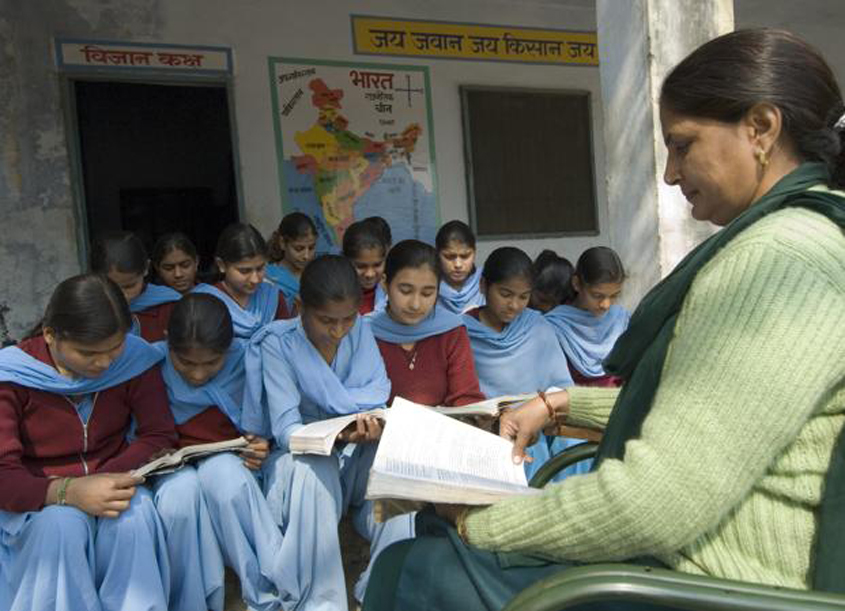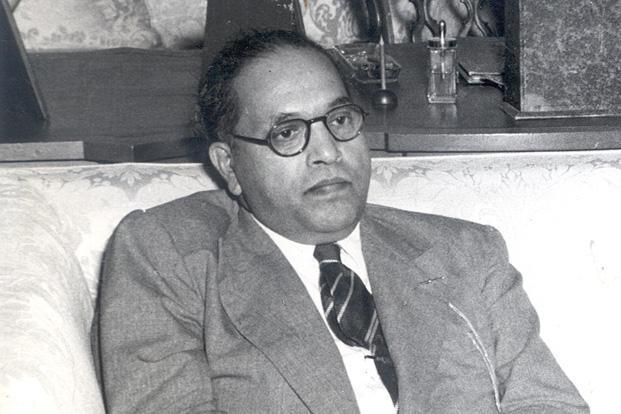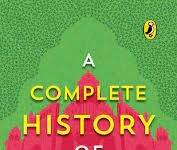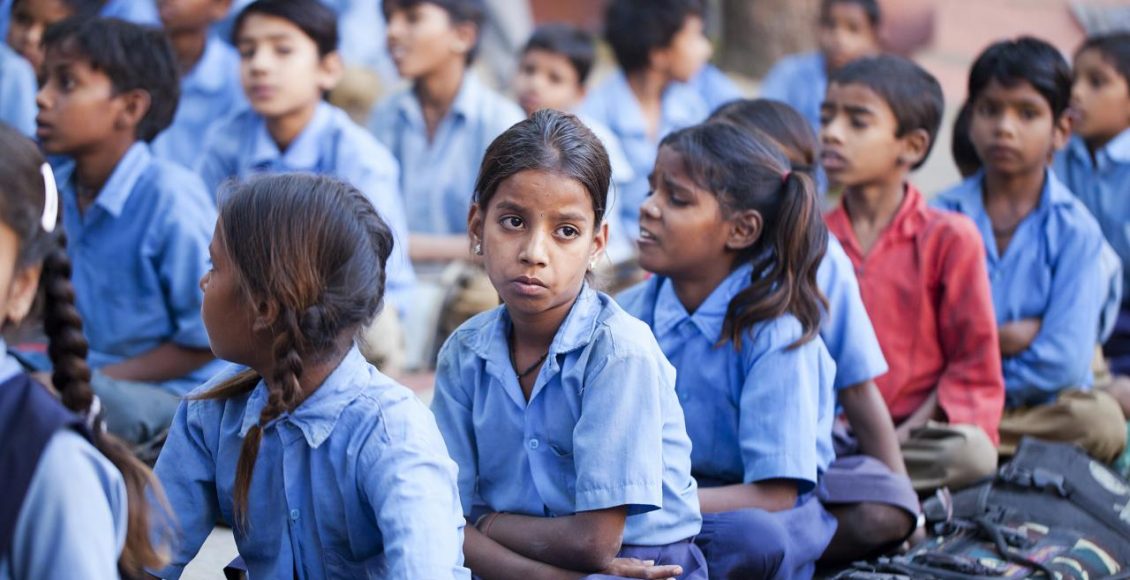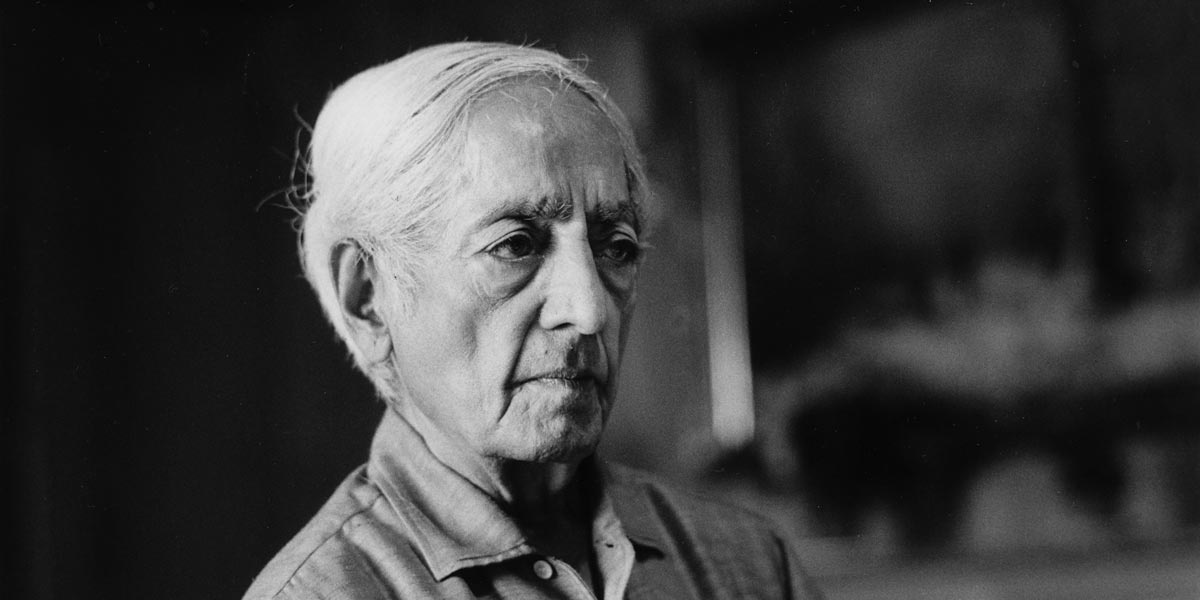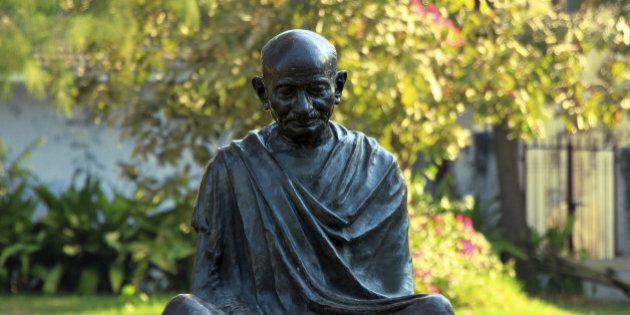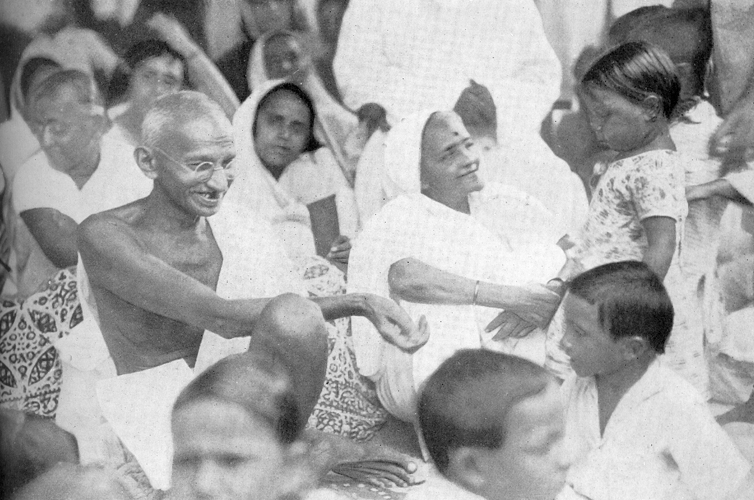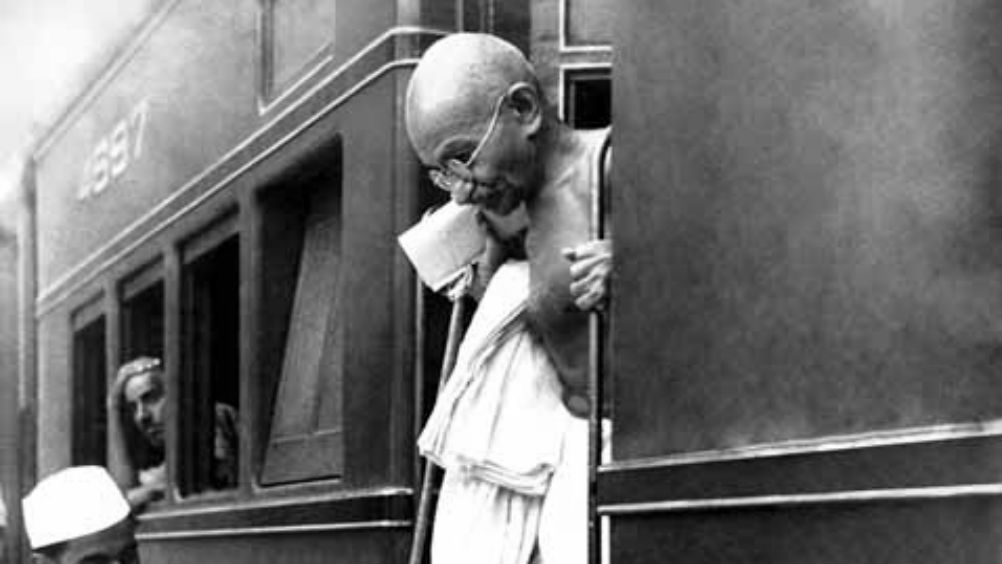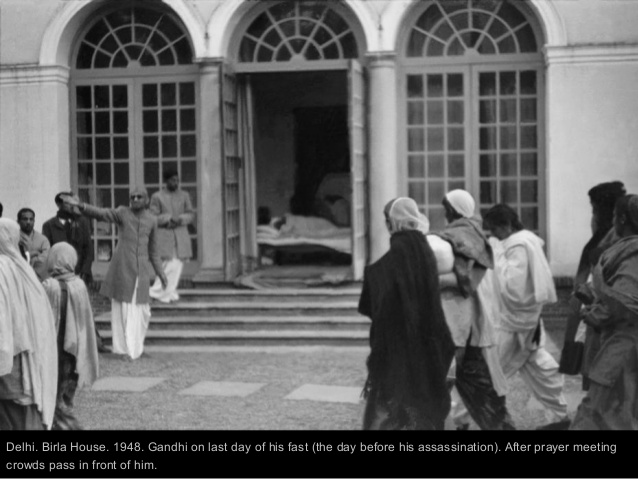As our mental landscape has already been colonized by the instantanity of You Tube and smartphones, it is not easy to acquire the patience, visit a cinema hall, and concentrate on a film for three hours. Yet, the darkness of the hall, its insulation from the world outside, and the big screen create an environment of a different kind. The narrative on celluloid begins to fascinate…
However, it was a PVR complex in a fancy mall in South Delhi. The over-priced popcorn, Pepsi and coffee; the visibly rich and affluent audience; the hyper-real ads the managers of global capitalism invents to seduce the consumers; and of course, the national anthem–a token of our temporal patriotism: Super 30 (a film that seeks to narrate the educational aspirations of the poor and the subaltern) began amid the glitz of affluence.
I know that I too was part of this audience. Possibly, a sense of discomfort was bothering me. Yet, I began to see, feel and reflect on the film – the context, the characters, the visual narratives, the intensity of emotions, the play of sound and music, the melodrama, and of course, the hidden text.
Context and the Making of a Film
With my socio-historical imagination, I understand the context that has led to the making of a film of this kind. Think of the following. First, ours is a terribly hierarchical/ inequal society, and it is exceedingly difficult for the poor to come out of the cycle of poverty and marginalization. Possibly, the only road to upward social mobility for those who have neither the material prosperity nor the political networking is access to education. Furthermore, as the scarcity of jobs and opportunities haunts people, an instrumental meaning is attached to education; it is thought that education ought to be ‘job-oriented’ with the promise of ‘placement’ and ‘package’ ; and no wonder, the IIT dream is all-pervading. It is abut techno-science; it is about ‘success’; it is about ceaseless mobility. It attracts. It is a life and death issue for many.
Second, the IIT dream–like the IAS dream–is deeply linked with what I would regard as the institution of black education–the notorious chain of coaching centres selling the dreams of success. Move around any Indian town (be it Kota or Patna, Allahabad or Coimbatore),see the billboards showing the galaxy of ‘Physics/Mathematics/Chemistry gurus’ and their ‘successful products’ who have cracked the IIT JEE, and experience what this dream could do to us–encouraging education mafia, forcing the anxiety-ridden parents to ‘invest’ on their children, creating a psychic landscape filled with heightened ambitions and broken dreams, euphoria of success and stigma of failure, and devaluing all other pursuits and educational objectives.
Third, in a context of this kind, is there a possibility of the emergence of a messiah of the poor who can help them to fulfill their dreams of IIT, success and mobility? Is it possible for the children of the poor who cannot afford the exorbitant fees that the ‘branded’ coaching centres charge to find a great tutor as their savior? Even amid utter hopelessness and darkness, we like to believe that not everything is dead. Even amid the politician-coaching centre-business nexus , there is someone–yes, Anand Kumar in Bihar is real– who dares to fight, faces hardships and difficulties, and makes it possible for the children of the poor to make it to the IIT. Is it the ultimate salvation– the poor entering the world of the privileged?

Yes, Super 30 – a film directed by Vikash Bahl – begins to make sense when we understand this context.
Melodrama: A Possibility Not Fully Explored
To begin with, let us walk with Anand Kumar (Hrithik Roshan)–a dreamer, an idealist, and a genius in love with mathematics and physics. No, he is not rich. Is it the reason that the director chooses to present him with dark skin, and somewhat imbalanced body (yet another stereotype through which this metropolitan director sees the poor)? Well, despite the burden of stardom, Roshan has tried hard, acquired what is generally regarded as the ‘Bihari accent’ , and tried to merge with the character. He faces all sorts of hardships; yet, he manages to publish a paper in a ‘foreign journal’; and, as we are told, this is the reason why the University of Cambridge decides to admit him as a student. But then, can he -the son of a poor postman (Virendra Saxena is a natural actor; he looks inseparable from the role ) afford to go there? The loan from the father’s Provident Fund is not sufficient; and the Minister who once promised him to provide financial support betrays. As the Cambridge dream is shattered, the father collapses in a stormy night, and the harsh reality of everyday struggle and survival haunts him–we see a tormented self somehow managing to exist with a broken dream.
It is at this juncture that there is a turning point in his life. Lallan Singh (Aditya Srivastava) –a coaching centre mafia – discovers him, taps his talent, utilizes him, and takes his business to a great height. Yes, Anand Kumar becomes popular–a star; the young aspirants join the coaching centre for his charisma, his intelligence and talent. This success gives some material comfort and stability to his family. But then, he comes out of it. This is the return of his conscience; this is like recalling his own hardships, his father’s struggle. He leaves the lavish coaching centre ; and with all difficulties, starts his own project–a centre that prepares 30 youngsters from the poor families, works with them, orients them, and makes it possible for them to fulfill the IIT dream. His struggling mother and his committed brother assist him, even though the woman (no other Bollywood version–a pleasant/smiling face, but without any substance; a doll incapable of seeing beyond the option of a ‘secure’ marriage with a ‘well-settled’ man) he used to love chooses to leave him. The path is difficult; it is not easy to retain the spirit.
But then, the director fails to resist the temptation of protraying the struggle through a melodramatic fight between the ‘villain’ and the ‘hero’– a pattern of which the Bollywood industry has not yet been able to come out. Roshan as Anand is a hero – a savior of the poor. And the coaching centre–political class nexus (embodied by Pankaj Tripathy known for his brilliant acting) is the villain. They are bad and immoral. The play of money, the arrogance of power, the dancer-seductress charming the Education Minister, and the conspiracy to finish Anand Kumar (because he refuses to accept their offer, and by teaching freely and serving the poor, he is posing a challenge to the coaching centre business) – we see the ‘evil’ trying to finish the ‘noble’.
The fight acquires a new meaning as Anand’s students–those 30 youngsters–begin to apply their brain, their ‘scientific’ and ‘mathematical’ skills that Anand has taught them through some sort of innovative pedagogy, and makes it impossible for the goons to finish them or their guru.
Not solely that. All these thirty younsters, despite passing throgh all sorts of hardships including hunger and and psychic turmoil, succeed in the IIT JEE, and prove that even the poor could make it. ‘Truth’ prevails; ‘falsehood’ dies!
Sanctifying the IIT Dream
The theme of the film is contextual and relevant. Yet, its melodramatic element prevents Vikas Bahl’s craft and Sanjeev Dutta’s script from emerging as a subtle/artistic/authentic text. Not solely that. The director could have worked more meaningfully with those ‘super 30’ youngsters – their fear and anxiety , hope and dream, psychic churning and inner transformation. Even though there are traces of Anand Kumar’s pedagogic experimentations, the director could have concentrated on it more sharply.
But then, it is the hidden text that makes the film problematic. It does not problematize the IIT dream; instead, it sanctifies the rat race. The fact is that the IIT dream is also about psychic stress and mental disorder emanating from hyper-competitiveness; it is also about suicide narratives and techno-corporate notion of success; it is one-dimensional. The meritocracy that the IIT phenomenon encourages is inherently violent; with applied technology, instrumental science and logico-mathematical reasoning, it is devoid of poetic wonder, spiritual revelation and reflexivity of a nuanced socio-political thinking.
And the IIT dream has done yet another damage. The very meaning of doing science has changed; it is not for cultivating the democratic spirit of scientific enquiry; it is merely for cracking the IIT JEE. As it has become the national obsession, it devalues and marginalizes those who have yet another dream–say, the dream of becoming a poet, a historian, a philosopher, or just a wanderer. It valorizes ‘success’, condemns ‘failure’.
In a way, the film sanctifies the IIT dream by arguing that even the poor could do it, provided they find a mentor like Anand Kumar. Moreover, it is once again the same story–your salvation lies in becoming like the privileged. I am poor; but then, if I could join the IIT, and become ‘somebody’, I have arrived! In a narrative of this kind there is no trace of alternative thinking–a possibility of radical social transformation through what the likes of Gandhi, Tagore and Freire would have regarded as aesthetically enriched, life-affirming, dialogic education.
Or, is it that I am expecting too much from a film?
Epilogue
As I came out of the hall, it was once again the gorgeous mall–the magical space that global capitalism has created for us. Men and women, boys and girls with fancy clothes; Starbucks coffee and French perfume; shopping and food bonanza–I took some time to come to my senses. And I asked myself: How would the rich see those ‘super 30’ children? With pity? With charity? With guilt? Or, would it be just yet another act of cultural production and consumption–the rich selling the struggle of the subaltern?

